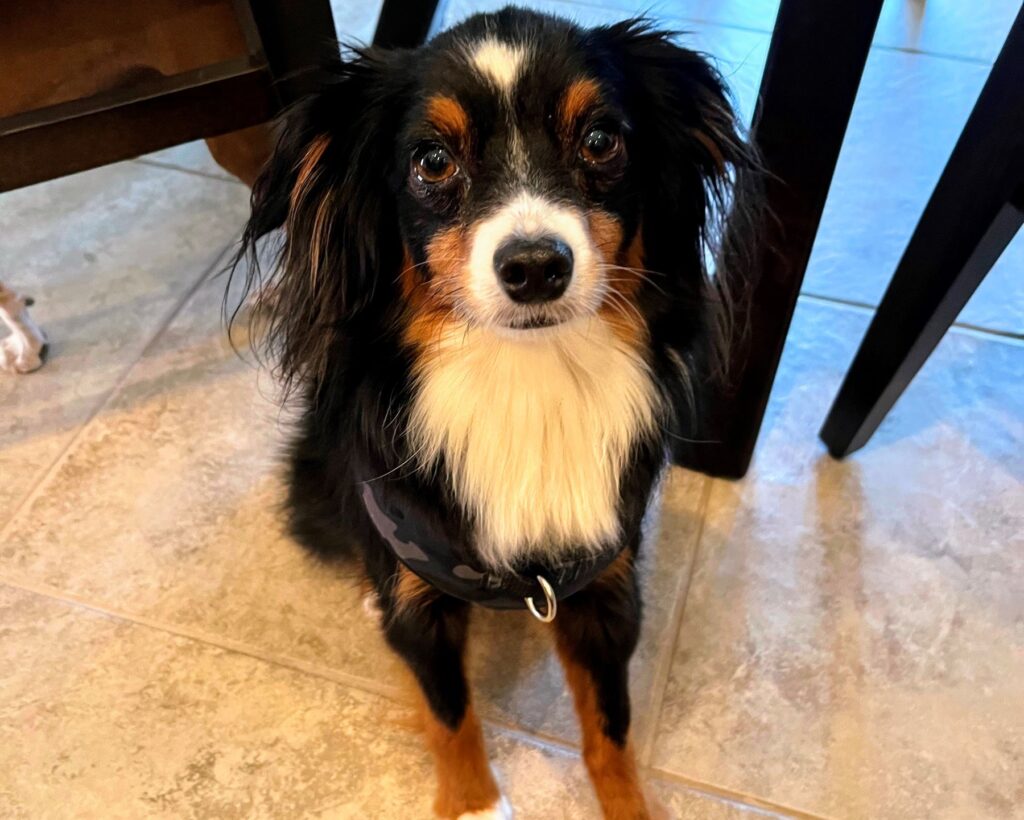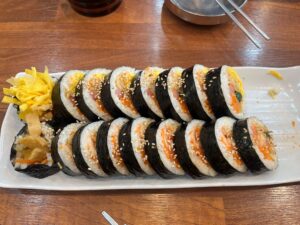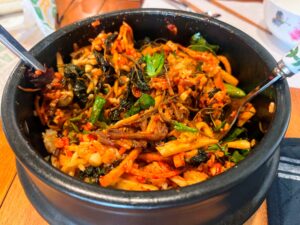When it comes to feeding your dog, you might wonder if leaving food out all day is a good idea. This is called free feeding. It means your dog can eat whenever they want, instead of at set mealtimes. Some pet owners find this method easy and convenient, while others worry it may lead to weight gain or bad habits. In this post, we’ll explore what free feeding is, the pros and cons, and how to decide if it’s the right choice for your dog.
How Does Free Feeding Work?
Free feeding means leaving food out all day for your dog to eat whenever they want, instead of at set mealtimes. This method works best with dry kibble since it doesn’t spoil quickly. It’s convenient for busy owners and suits dogs who prefer to graze throughout the day.
However, it’s important to monitor portion sizes and keep the bowl clean to prevent overeating or contamination. While free feeding offers flexibility, it may not be ideal for all dogs, especially those prone to weight gain or living in multi-pet homes.
What I Learned with My Dog
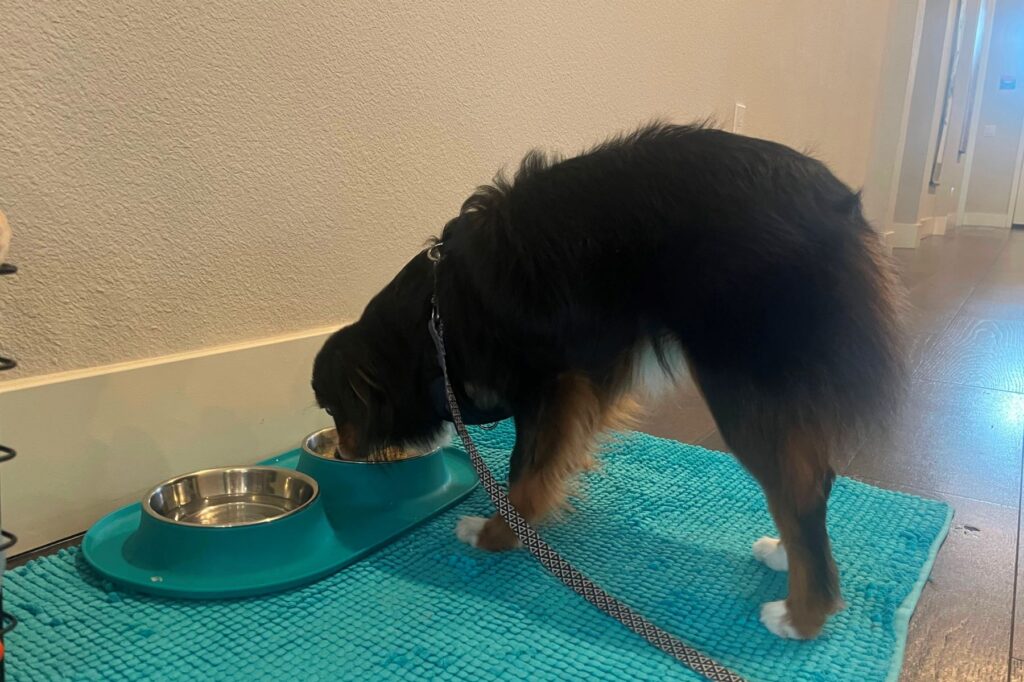
When I adopted my dog, Shadow, almost five years ago, I didn’t know much about taking care of a pet. Shadow was my first dog, so everything was new to me. In the beginning, I struggled to figure out the right way to feed him. I tried both dry and wet food, and I used free feeding, leaving food out all day for him to eat whenever he wanted. I thought this would be easier for both of us.
However, I soon realized that free feeding led to irregular eating habits. Shadow would nibble at his food whenever he felt like it, and it was hard to tell how much he was eating. This made it tricky to track his health and routine.
Eventually, I switched to a scheduled feeding routine — two meals a day, with a few treats in between. Now, Shadow knows when it’s time to eat and gets excited for his meals. Having a set feeding schedule has made mealtime smoother, and it’s easier for me to manage his diet and health.
Scheduled Feeding Experiment
Recently, I had the chance to pet sit three dogs, and the owner allowed me to try scheduled feeding instead of their usual free feeding routine. The first day was challenging because the dogs refused to eat their food, sniffing around for treats instead. It reminded me of kids who snack all day and then refuse to eat their meals—dogs are no different!
I decided to stick to the schedule and didn’t give in to their demands for treats. They ended up skipping their meal that day and went hungry, but by the second day, something amazing happened. The dogs finally ate their food and even licked their bowls clean!
This experience showed me how important a scheduled feeding routine is. Unlike free feeding, which can lead to irregular habits, the schedule helped the dogs adjust quickly. Mealtime became easier, and I no longer had to chase them around or wait endlessly for them to eat. Sticking to scheduled feeding created a healthier routine for the dogs and made my job as a pet sitter much simpler.
Pros of Free Feeding

1. Convenient for Busy Owners
With free feeding, you don’t need a set feeding schedule. Just fill the bowl, and your dog can eat whenever they’re hungry. This method is convenient for busy owners and suits dogs who prefer to eat small amounts throughout the day. However, it’s important to ensure the food stays fresh and your dog doesn’t overeat.
2. Good for Grazers
Some dogs prefer to graze, eating small amounts throughout the day instead of finishing a meal in one sitting. Free feeding can support this habit, but it’s important to monitor their intake to ensure they stay healthy and maintain a proper weight.
3. Less Pressure for Picky Eaters
Nervous or picky dogs may feel less stressed with free feeding, as it allows them to eat at their own pace. This flexibility can create a more positive and relaxed mealtime experience, helping them feel more comfortable.
Cons of Free Feeding
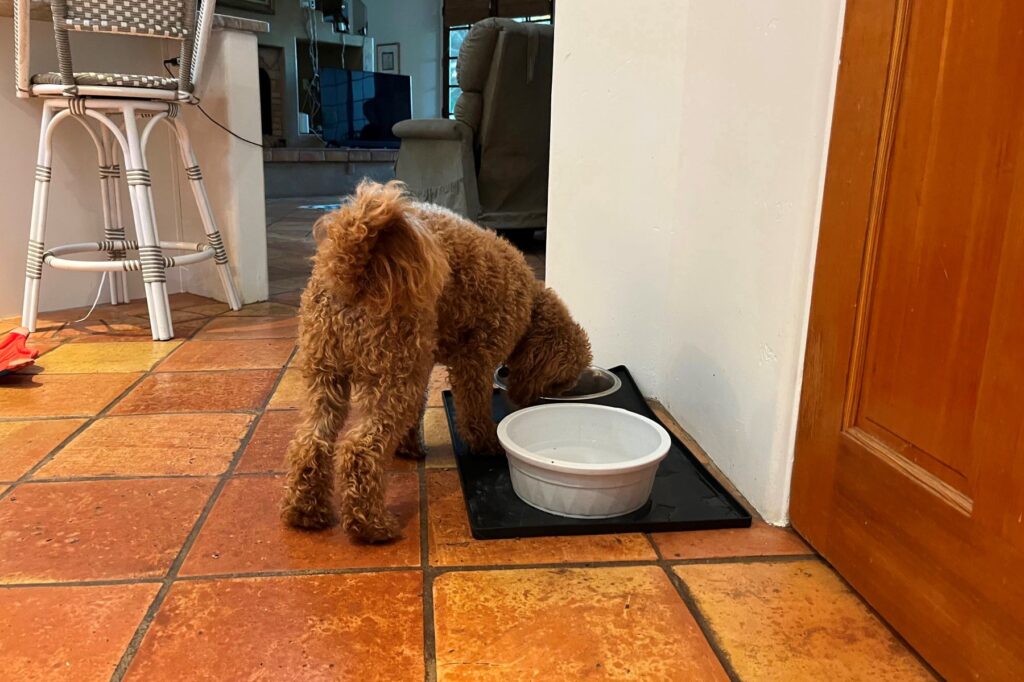
1. Weight Gain
Dogs with big appetites may overeat when food is always available, leading to obesity and related health issues like diabetes and joint pain. For these dogs, scheduled feeding with portion control helps maintain a healthy weight.
2. Hard to Track Eating Habits
If your dog eats less, it could signal illness. Free feeding your dog makes it harder to notice changes in their eating habits, delaying potential health concerns. Scheduled feeding helps track food intake and spot issues early.
3. Not Ideal for Multi-Pet Homes
In multi-pet homes, free feeding can lead to food competition, with some dogs overeating and others not getting enough. Scheduled feeding with separate bowls helps ensure each pet eats the right amount.
4. House Training Issues
Scheduled meals make it easier to predict bathroom breaks, helping with potty training. Free feeding creates unpredictable eating times, making house training more difficult and leading to more accidents.
5. Food Quality
Dry food is best for free feeding because it stays fresh longer and doesn’t spoil quickly. Wet or fresh food can spoil within hours, leading to bacteria growth and potential health risks. For safety, wet or fresh food should be served at scheduled mealtimes and removed if uneaten.
Free Feeding Your Dog vs. Scheduled Feeding
While free feeding has some benefits, I’ve found that scheduled feeding works best for most dogs. It creates a reliable routine, makes mealtime easier, and encourages healthy eating habits. Free feeding can make it difficult to track how much your dog is eating or manage their meals effectively. By switching to scheduled feeding, you provide structure and make mealtime something your dog can look forward to. In the end, a consistent feeding schedule simplifies life and helps keep your dog happy and healthy.
If you’re interested in making your dog’s meals even healthier, check out my recipe post on simple homemade dog food!

